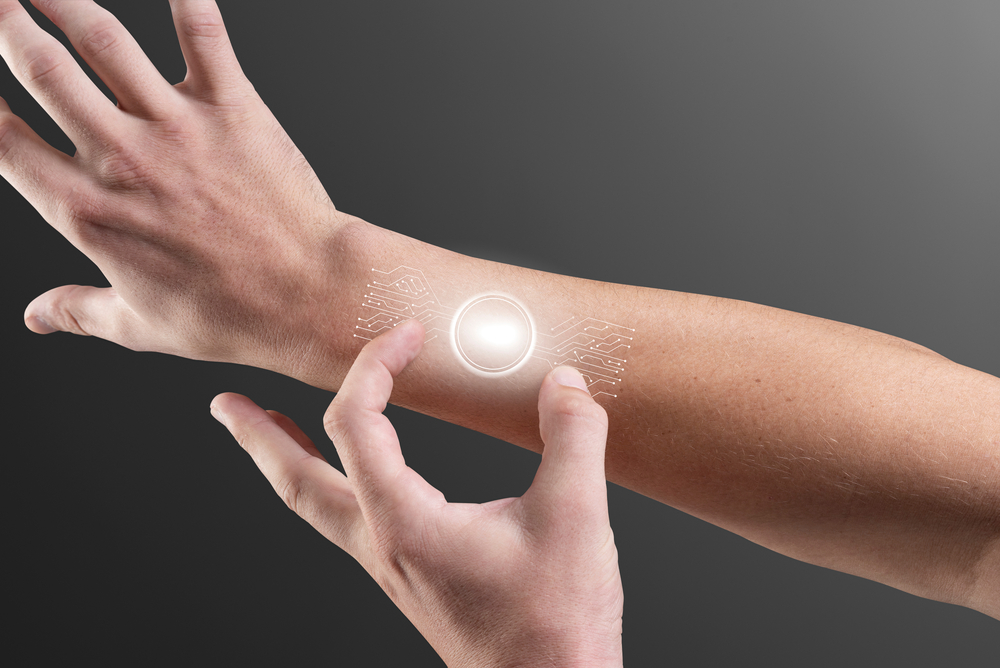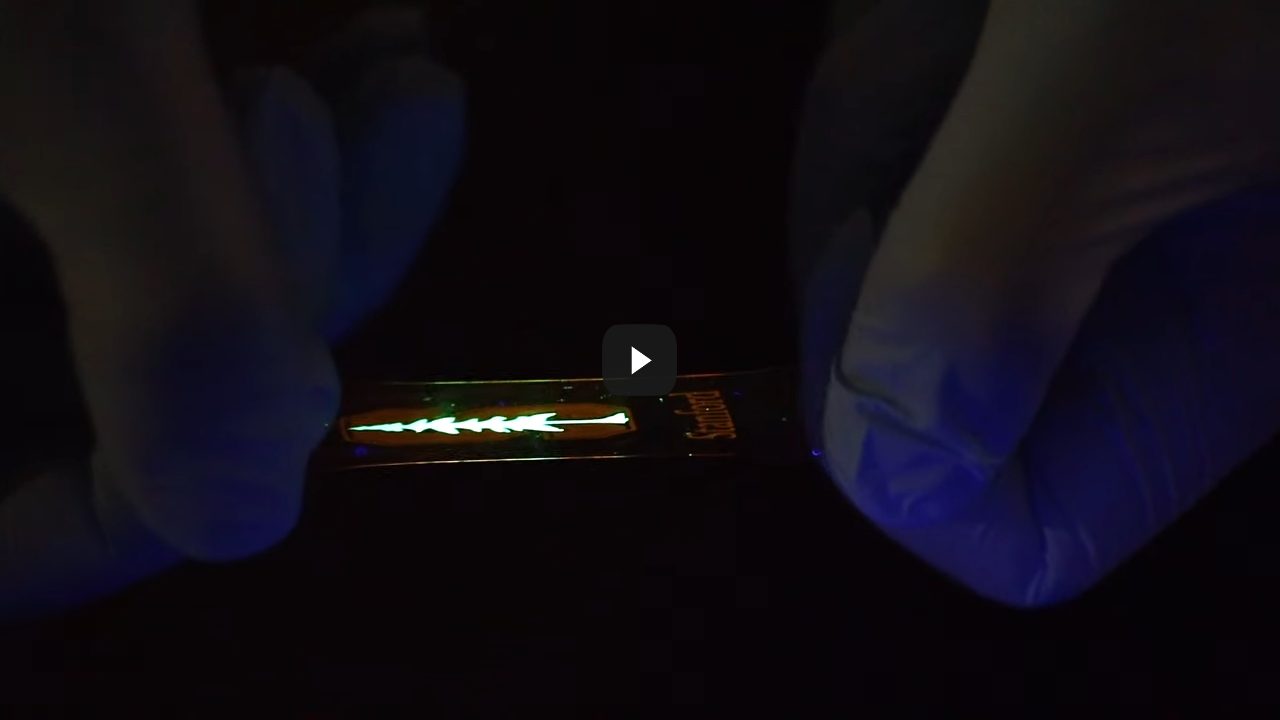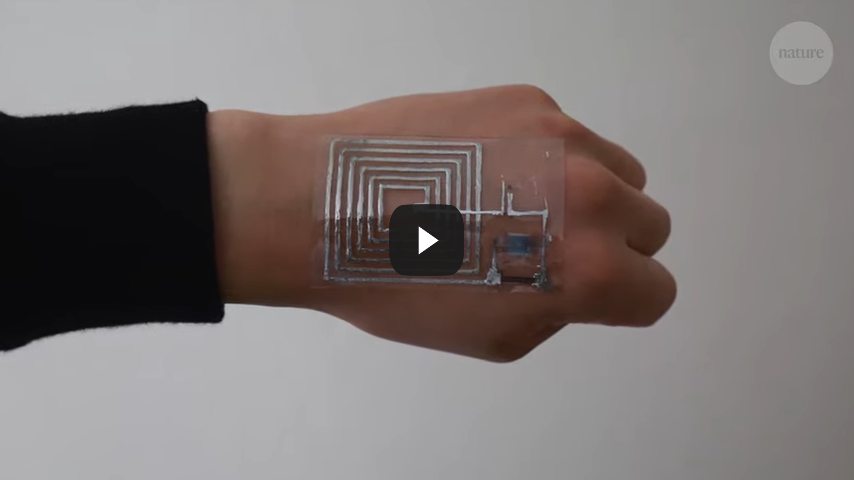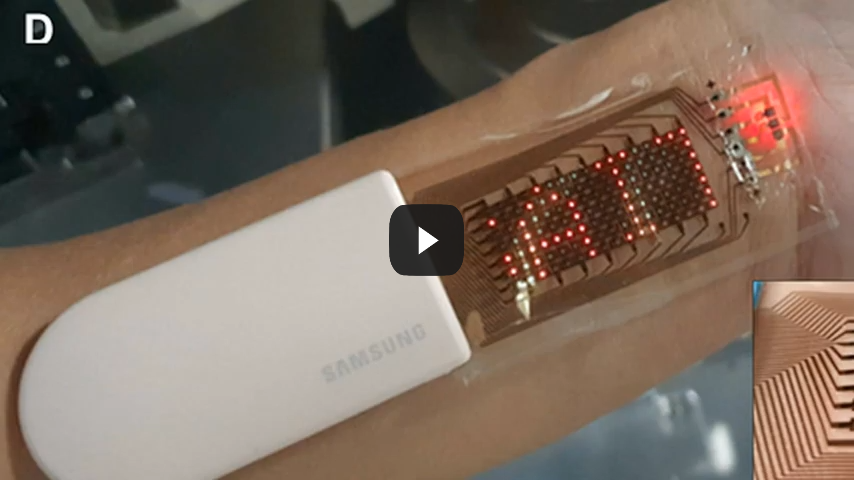Like Second Skin: Wearables That Move with Your Body

Most of today’s wearables are stiff and bulky, but recent breakthroughs could lead to health trackers that fit like a second skin.
Wearable tech helps users stay on top of their fitness goals, monitor existing medical conditions, and track important health data. These devices have improved remote patient monitoring and enhanced the performance of professional athletes. Today, most wearable smart devices are rigid, bulky, and may not be comfortable to wear 24/7.
Two recent innovations–one by Samsung and the other by a team from Stanford University in the United States and Keio University in Japan–could change that. Find out how their discoveries could pave the way for stretchable, skin-like electronic devices.
High-frequency stretchable electronics
Most light-emitting polymers are rigid and crack when stretched. To increase their flexibility, scientists can add stretchable insulating materials like rubber. But doing so decreases electrical conductivity, requiring the polymer to use high-risk voltage levels to generate even dim light.
Around three years ago, Zhitao Zhang, a postdoctoral scholar at Stanford University, discovered a solution through SuperYellow–a yellow light-emitting polymer. When mixed with a type of polyurethane, SuperYellow became flexible and emitted brighter light.
“If we add polyurethane, we see SuperYellow form nanostructures,” said Zhang. “These nanostructures are really important. They make the brittle polymer stretchable, and they make the polymer emit brighter light because the nanostructures are connected like a fishnet.”
Having solved the issues of brighter light and pliability, the team worked on finding the right combination of materials needed to complete the electronic display.
Here’s an excerpt from a Stanford University news article explaining how they designed a high-performance stretchable electronic display:
The final display contains seven layers. Two outer layers are two substrates that encapsulate the device. Moving inward are two electrode layers, each followed by charge transporting layers. Finally, the light-emitting layer sits sandwiched in the center.
When electricity runs through the display, one electrode injects positive charges, called holes, into the light-emitting layer while the other injects negatively charged electrons into it. When the two types of charges meet, they bond and go into an energetically excited state. Almost immediately after, the state returns to normal by producing a photon – a particle of light.
The resulting all-polymer film can be adhered to an arm or finger and doesn’t rip during bending or flexing. This will allow wearable trackers to have their display directly attached to the skin.
The next challenge for the team was to determine if their stretchable electronic component could operate at the frequency required to transmit signals wirelessly and communicate with other electronics. Previously, the highest operating frequency of stretchy semiconductors was only 100 hertz. To wirelessly transmit signals, the operating frequency of wearable electronics needs to be in the megahertz-to-gigahertz range.
The team successfully operated a flexible and stretchy semiconductor device at 13.56 megahertz–surpassing previous performances by 100,000 times.
“The tag can be stretched over 40%, which is larger than our skin stretchability,” shared Naoji Matsuhisa from the Faculty of Science and Technology at Keio University. “When I integrate everything, still they work as a system, so I was very excited, yeah. With this technology, we could enable a reliable power source for the soft and stretchable devices.”
Here’s an excerpt from a Keio University article detailing the team’s process:
The scientists checked the mechanical durability of the diode by repeatedly straining and relaxing it; after 1,000 cycles the device performance had gone down but was still sufficient to operate at 13.56 MHz (the center frequency of an internationally approved band for radio-frequency identification applications).
Matsuhisa and colleagues demonstrated the utility of the stretchable diode by means of a wireless, wearable sensor combined with an electrochromic (color changes depending on voltage) one-pixel display system. The system, containing the diode, was stuck on the skin. Wirelessly delivered AC power (a radio signal) was converted by the stretchable diode into a DC voltage, turning on the pixel of the display. The wearable was subjected to various strains, which were 'measured' by the sensor, essentially being a strain-dependent resistor. Since the resistance of the sensor changes with varying strain, the voltage applied to the one-pixel display is strain-dependent, which the researchers could visualize through changes in the pixel's color.
A stretchable heart rate sensor
Last June 2021, South Korean electronics manufacturer Samsung announced that it had integrated a stretchable OLED display and a heart-rate sensor to enable real-time heartbeat monitoring.
Dubbed “Stretchable Electronic Skin,” the wrist-mounted device can be stretched up to 30% and continued to work reliably after being stretched 1,000 times. The device recorded a heartbeat signal that was “2.4 times stronger than would be picked up by a fixed silicon sensor.”
Details of the research have been published in Science Advances, the open-access multidisciplinary journal of the American Association for the Advancement of Science (AAAS).
“The strength of this technology is that it allows you to measure your biometric data for a longer period without having to remove the solution when you sleep or exercise, since the patch feels like part of your skin. You can also check your biometric data right away on the screen without having to transfer it to an external device,” explained principal researcher Youngjun Yun in a press statement. “The technology can also be expanded to use in wearable healthcare products for adults, children and infants, as well as patients with certain diseases.”
Worn close to the skin, stretchable wearables will offer greater comfort, greater accuracy, and enhanced monitoring–enabling advancements in telemedicine, health, and fitness.
As one of the Top 19 EMS companies in the world, IMI has over 40 years of experience in providing electronics manufacturing and technology solutions.
We are ready to support your business on a global scale.
Our proven technical expertise, worldwide reach, and vast experience in high-growth and emerging markets make us the ideal global manufacturing solutions partner.
Let's work together to build our future today.






